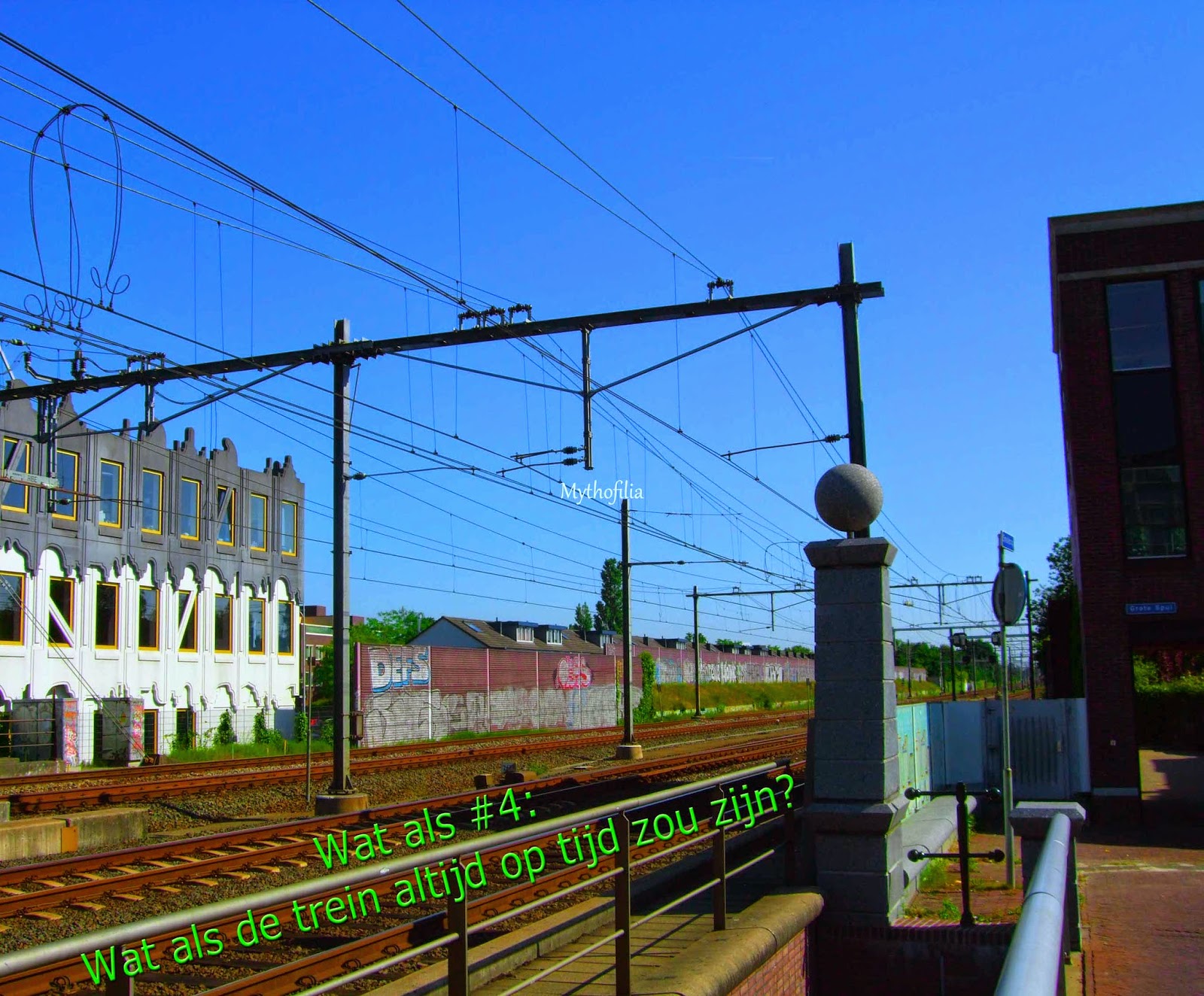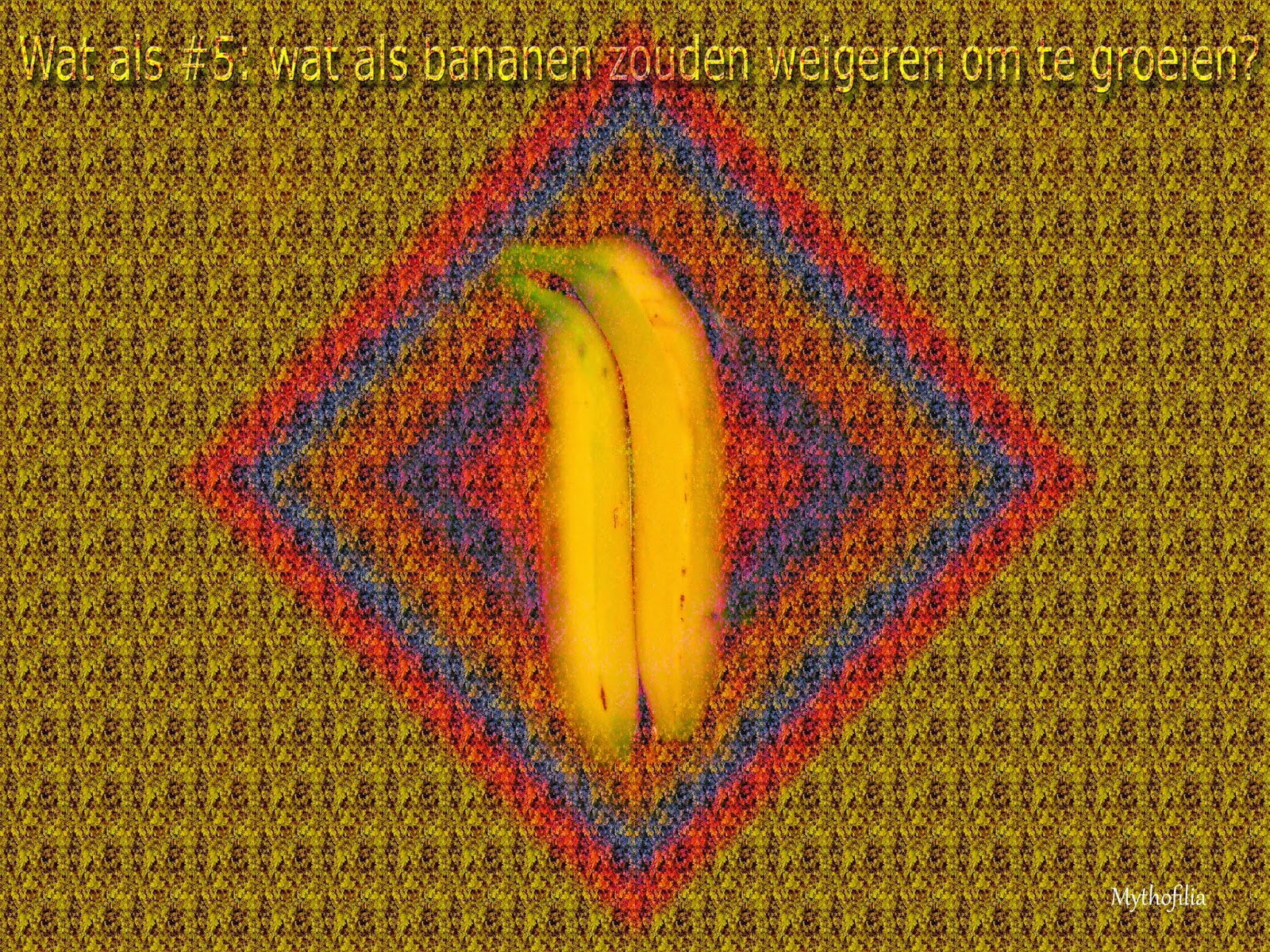Update January 29th
 | |
| Update |
Hi all how have you been? Did you enjoy Snow and Ice?
I had some troubles trying to figure out how to get the drama across when it’s mostly about one actor in a deserted location. Anyway the seasons seem to be on my mind lately. I have a new idea for a story connected with spring. So keep an eye out for that one in February.
Today I’d like to share some thoughts about a fantasy trilogy I read last year. You may have heard of it already, as it’s been around for a long while and is very popular. If you haven’t read it yet I certainly recommend it as a way of broadening your fantasy horizons.
I am talking about The Saga of the Borderlands by Liliana Bodoc. Her style has that dreamlike quality, the characters are real people with complex personalities and the plot is solid. What sets this trilogy apart for me is the fact that it is the only fantasy trilogy that I’ve read that wasn’t based on western mythology and language.
If you like reading fantasy you will have noticed that almost all the popular writers are from western cultures. They get their inspiration from Greek, Roman and Nordic (Scandinavian) mythology and often use words that are taken from Latin, Greek or Germanic/Nordic languages.
This is perfectly natural and understandable but being of mixed heritage myself, the culture references becoming a bit boring. Even worse are the instances where one year of high school Latin and a few years of Greco-Roman history (also in high school) turns ‘mysterious’ character names into spoilers.
Now, the familiarity with these myths and languages can turn any new fantasy book into a warm blanket of familiarity. But as I mentioned before, it could get pretty tedious after a while. What I’m trying to say with all this is that I thoroughly enjoyed The Saga of the Borderlands partly because it is based on a different culture.
Bodoc uses myths and words that come from the First Nations of Latin America. Her story takes place in a variety of locations ranging from a tropical rainforest, to a desert and mountains. There are little opportunities to look ahead of where the characters are because so many of it is new and unknown. Even though there are certain historical references that are familiar the perspective Bodoc uses is a new one.
I have to say, I read the book in Dutch and really liked it. But I came across a review from someone who read the English translation and felt confused, like they were missing something important. It might have something to do with the quality of translation or it could be that feeling we all get when visiting a culture that is truly strange and new to us.
Whichever it may be, I would encourage you to find a translation in any language you’re comfortable with and read something where for once the heroes are from the South instead of the North (as they are with Tolkien, Lewis and so many other western authors).
The entire trilogy is available in Spanish and Dutch. If you can read Polish you get books 1 and 2. For people who read English, Italian or Portuguese, the first book is available. Fortunately, the first book tells a complete tale so you won’t be left hanging waiting for a publishing house to pick up the rest. For Polish readers, I hope book 3 will be there soon!
I myself am tempted to put my Spanish to the test with Tiempo de Dragones. The first instalment of a new series by Liliana Bodoc that came out last year. I’ll let you know how I get on with that. But what about you? Have you read any fantasy that wasn’t centred around Western cultures? What would you recommend for a broader fantasy horizon?
Till next time,
Suhail.



Reacties
Een reactie posten